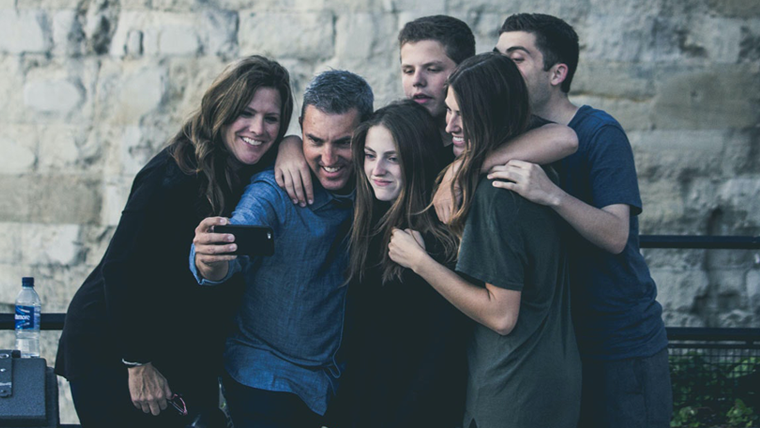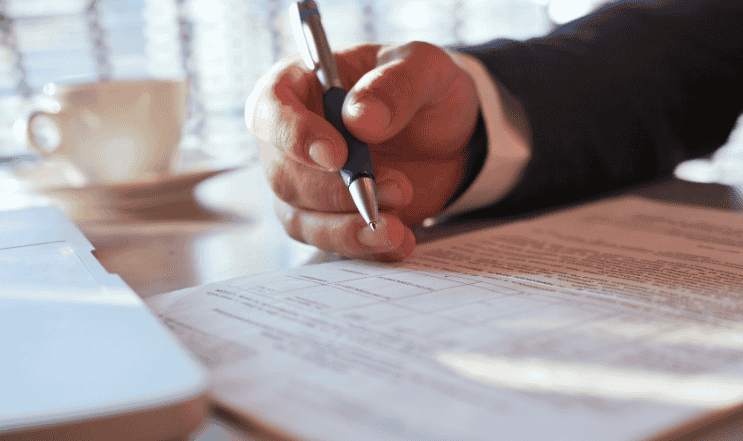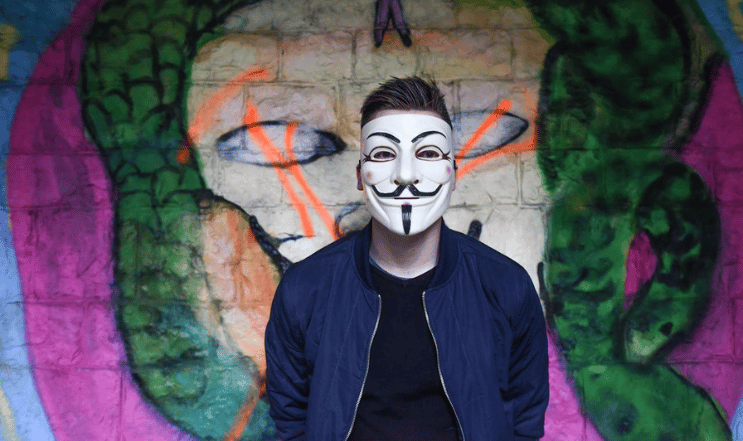
| 

In the age of the selfie, it makes sense for many members of the online ID verification community that they be part of the onboarding process. With timestamps and high quality digital images, there is a strong argument that a selfie can be a legitimate element of the verification process. This is especially true if applicants have limited access to other forms of ID due to technical or access reasons.
However, the issue of selfie adoption is quite complicated across different nations and global regions. Governments can have different priorities, based on perceived levels of threat from terrorism and organized crime, to name but two. Whether taking a selfie will make inroads into official recognition systems is still very much a moot point.
Selfies and the Financial Sector
One area of particular difficulty for selfie recognition is the financial sector. In particular, many countries’ regulatory authorities are very keen to enforce strict anti money laundering (AML) laws. This in turn is a result of the growing recognition that previously unchecked sources of revenue have come from illegal activity; specifically, terrorist organizations, drug runners and modern slavers.
The issue of AML security is particularly important to authorities in the USA. In that country, there have been many high profile cases of money laundering over the last few years, leading successive administrations to demand much tighter regulations against this type of financial criminality. As the US has itself suffered from terrorism and drug related problems, this is an understandable stance.
Against this background, the federal government is insisting on a three tier security system for identity verification, the highest of which is face to face checking. It is hoped that reliable proof of identity will stop criminals setting up bank accounts and laundering illegal funds. Selfies, in this context, are only permitted as part of the lowest level of checks, provided they are backed up by other security measures.
National and Regional Standards
The situation regarding selfie recognition is more complicated depending on different countries and regions around the world. For example, there are seven national regulators in Europe which have slightly different standards of facial recognition for financial business purposes.
There is a push by the European Union to standardize such online recognition across the bloc, but at present these are being resisted by certain countries, whose governments are particularly concerned about money laundering and its sources.
Technical considerations play a part in the online recognition systems of some nations. Germany, for example, is moving towards a video based verification system, supported by documentary evidence. In this case, the likelihood that selfies will be adopted in Germany is almost non existent.
Worldwide Picture
Elsewhere in the world, Mexico is the only Latin American state to have its own banking and security regulator, while Asia has four, based in those Asian countries which rely heavily on the financial services industry. Outside of these five regulatory authorities, it is much more likely that selfies will be legitimate sources of online verification; it appears that, at the present time, financial institutions and countries which rely on them are very much looking the other way.


